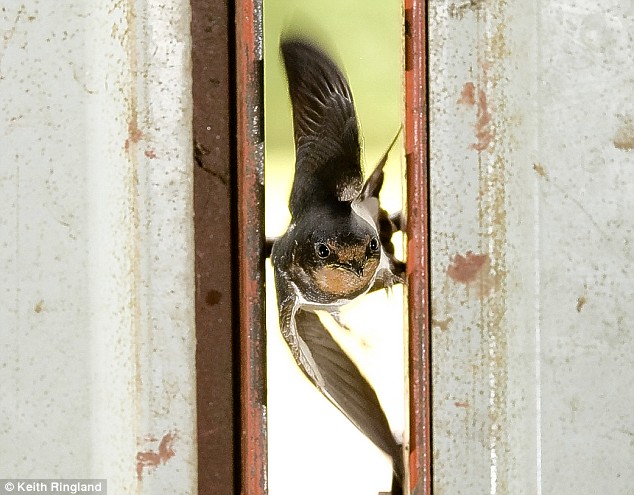I use Thornes and at only £7.04 + vat it's a steel pardon the pun!
Wire Queen Excluder
Queen excluders are vital pieces of beekeeping equipment and do exactly as their name implies. They exclude the queen from parts of the hive as and when the beekeeper requires. This is because the queen is slightly larger than a normal worker bee and cannot pass through the slots. They are used almost exclusively to keep the queen in the brood body. By doing this, the beekeeper restricts the queen to egg laying in this one box, leaving the supers full of only honey. It is normally only used during the active beekeeping season and should be removed during the autumn and winter months.
Available for all sizes of hive- National or Commercial 18 1/8" x 18 1/8" (when fitting a national excluder, as it is square, place the excluder with the wires running across the frames): WBC 17 ¾" x 16 ¼": Smith 16 3/8" x 18 ¼": Langstroth 20" x 16 ¼": Dadant 20" x 18 ½"
The wire type is probably the best type of excluder available and is made from coated steel rods (2mm diameter) accurately spaced at 4.3mm. They all have a wooden (pine) support frame, which provides a bee space on one side, and flush on the other. In a National, WBC or Commercial hive, the excluder is fitted with the bee-space on the underside ensuring the bees have free access over the top of the frames through the single bee-space created. On a Smith, Langstroth or MD hive the bee-space is uppermost and the flush side is placed onto the brood body thus maintaining the single bee-space. If the excluder was turned over the brood box would have a double bee-space and the bees would soon fill this with brace-comb. (This is comb the bees build between gaps of more than a bee-space. Gaps a lot less than a bee-space are filled with propolis). The wooden corners of all wire excluders are half-lapped, glued and stapled. The wire grids are held in place by black japanned gimp-pins that are clinched over to ensure a firm hold. By using this type of excluder you will minimise wear and tear to bees wings and bodies. They are generally stronger than the slotted type of excluder and should provide years of service.
National grids are available separately 17" x 17" for those who wish to make their own frame.
National grids are also available in approx. 18" X 18" for those who just want a plain, un-framed full size wire excluder.























